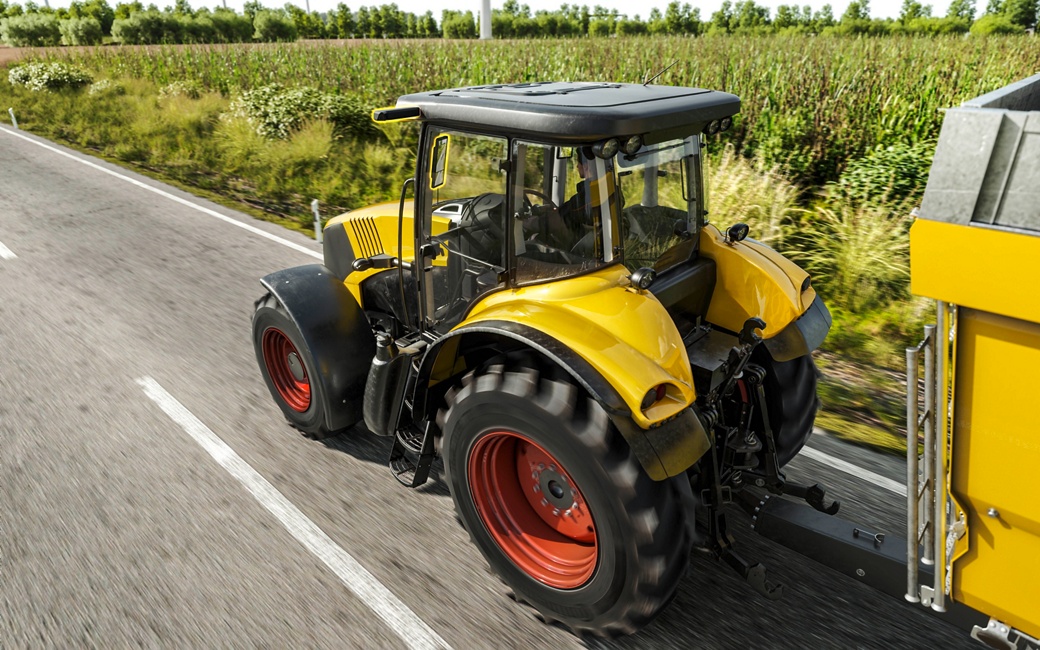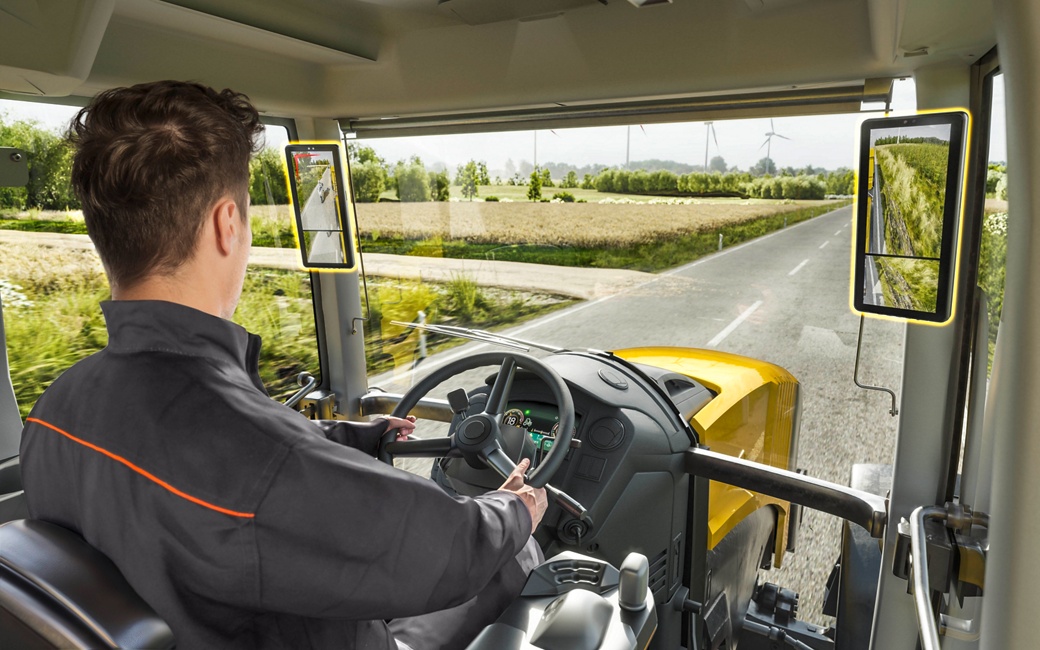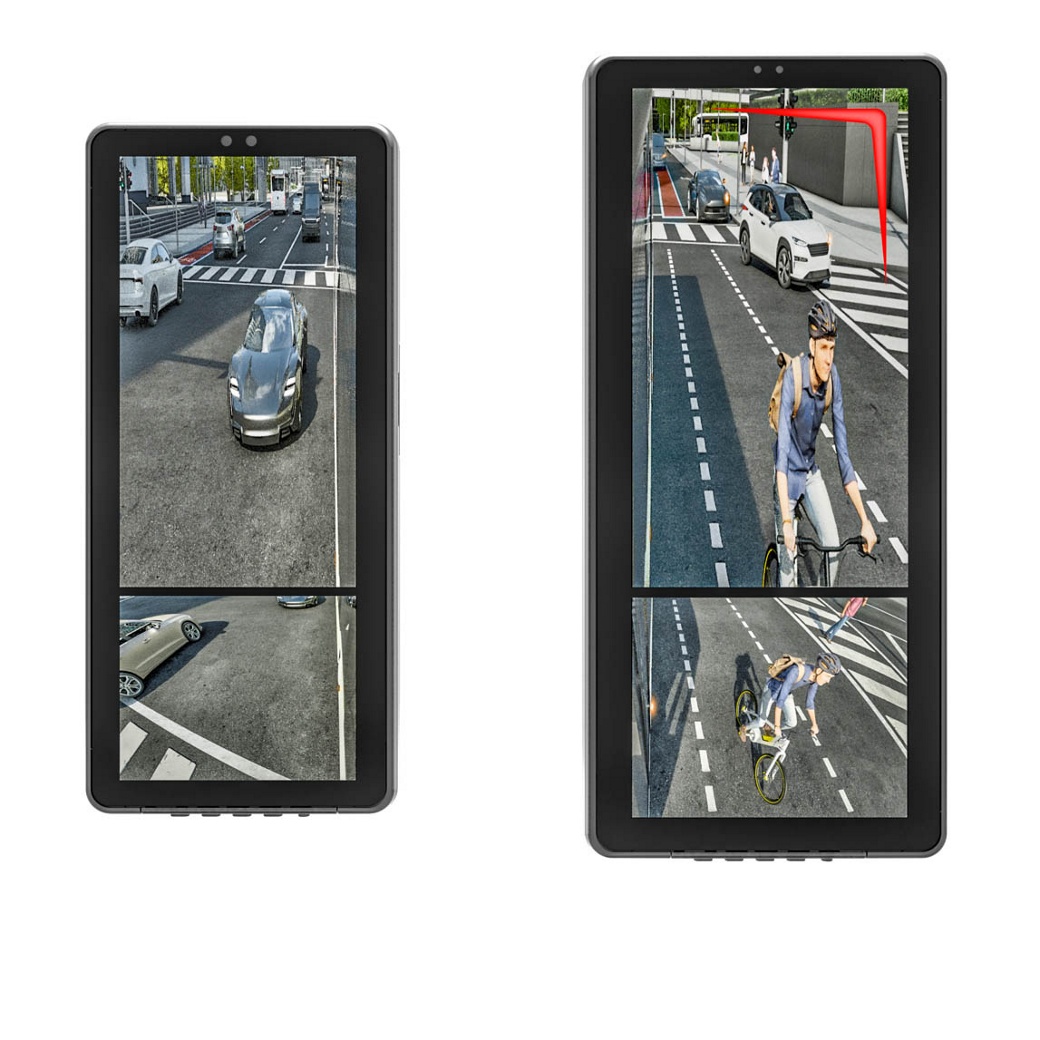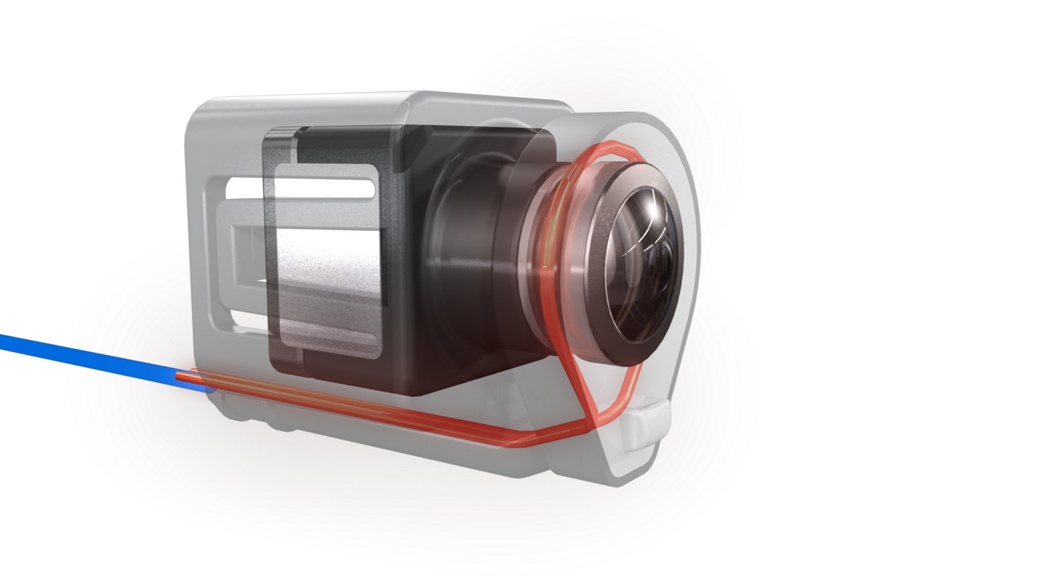Bus drivers and other commercial vehicle operators need good visibility of what is going on around their vehicles. In the rain or sunshine, in the dark or during the day, when pulling up at busy bus stops or reversing with overhanging trailers. And especially the blind spots give all road users a headache. The camera monitor system ProViu® Mirror with its purely digital, one-camera system can perfectly substitute the classic wing mirror classes II/IV/V and VI with homogenous images in HD quality and ensures perfect visibility and increased safety at all times.
ProViu® Mirror does not just improve blind spot detection and all-around visibility, but is especially geared towards increasing vision in wet and dark conditions without having to worry about dirty or stained mirrors. It even suppresses high beam lights at nights, easing the strain on drivers’ eyes.













%3Ateaser-card-mobile)